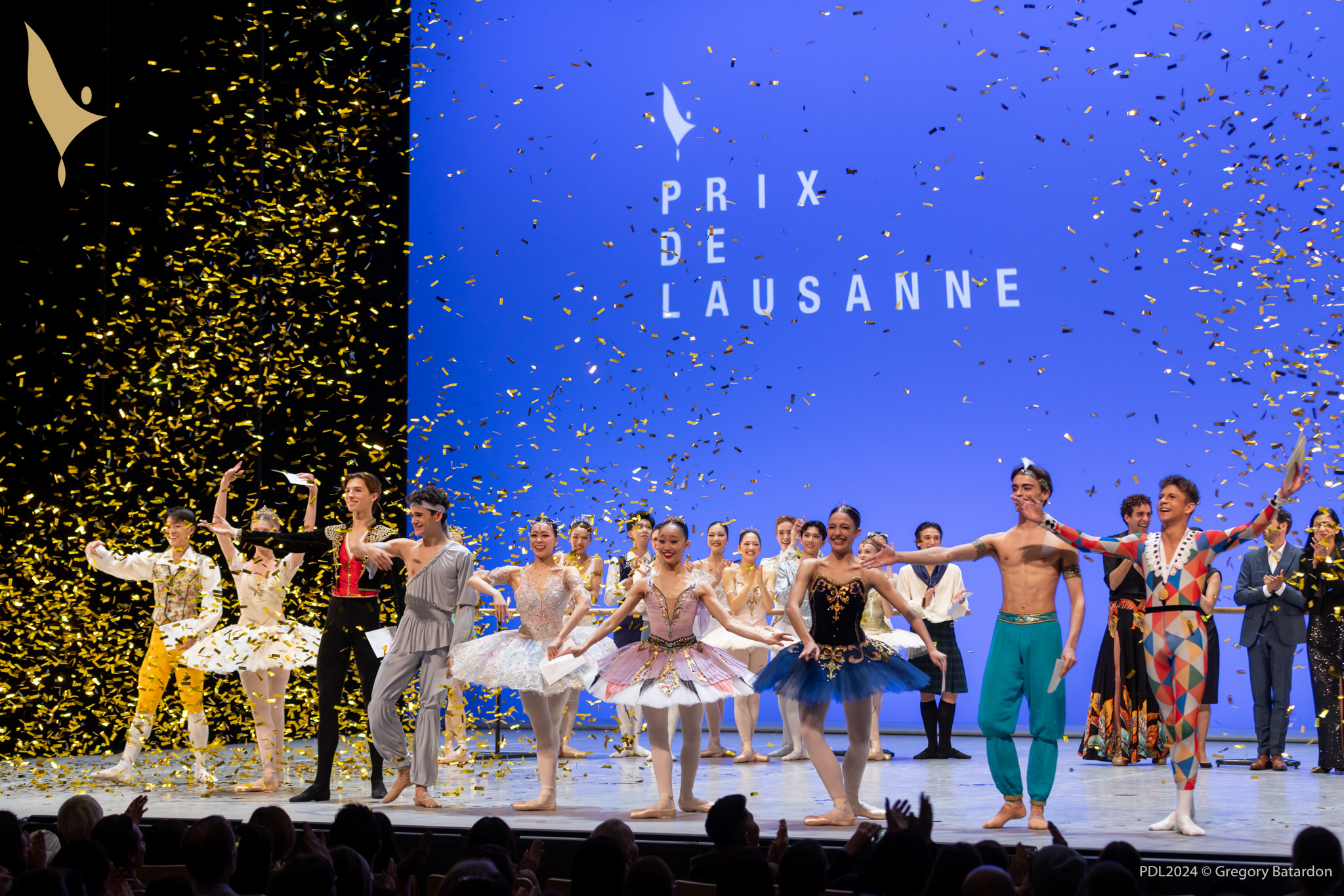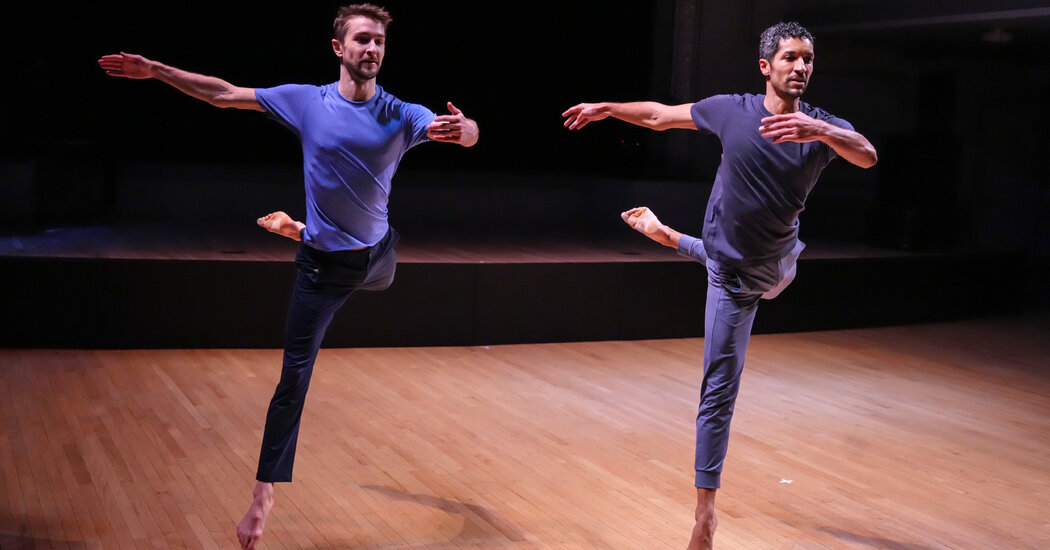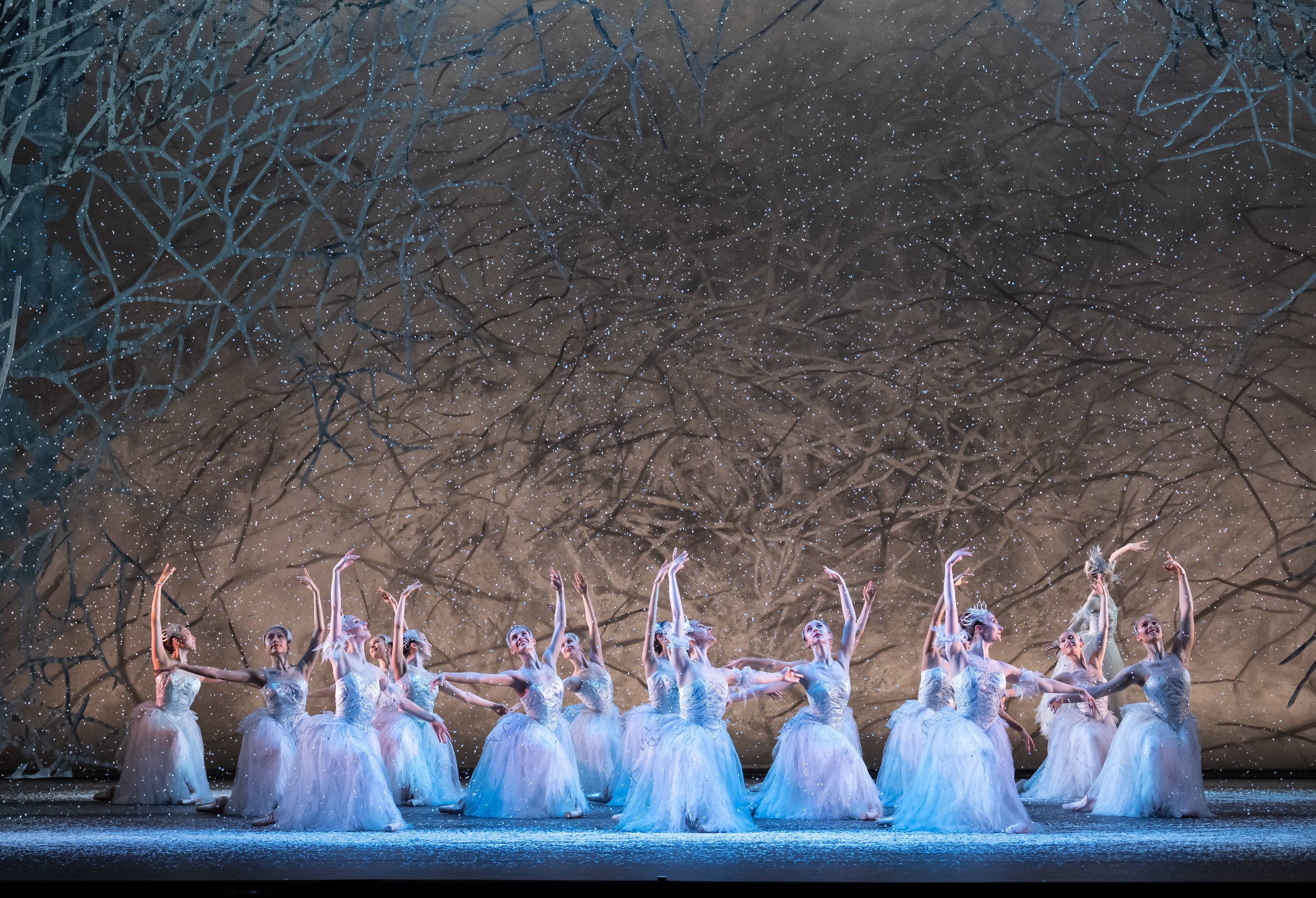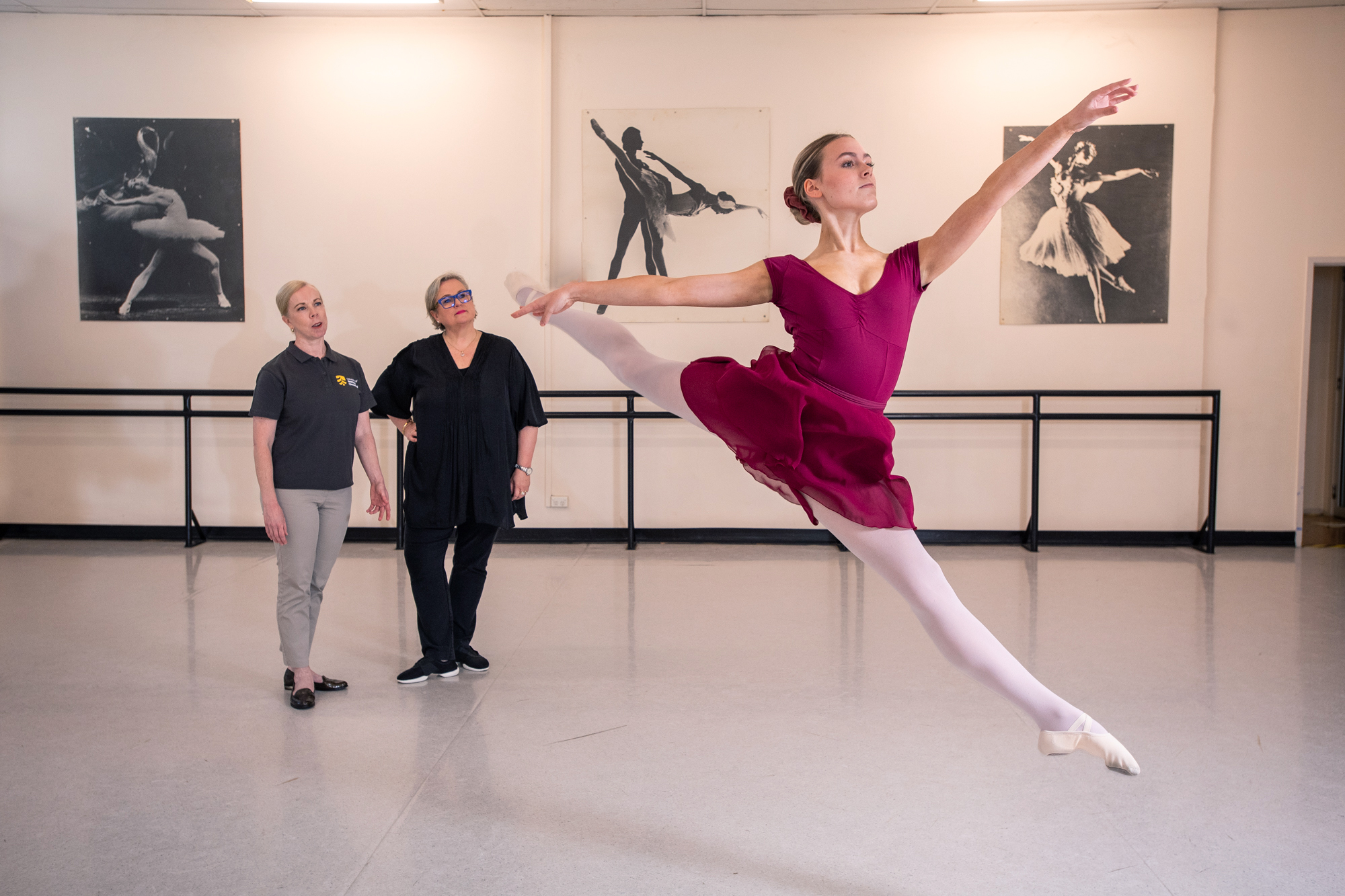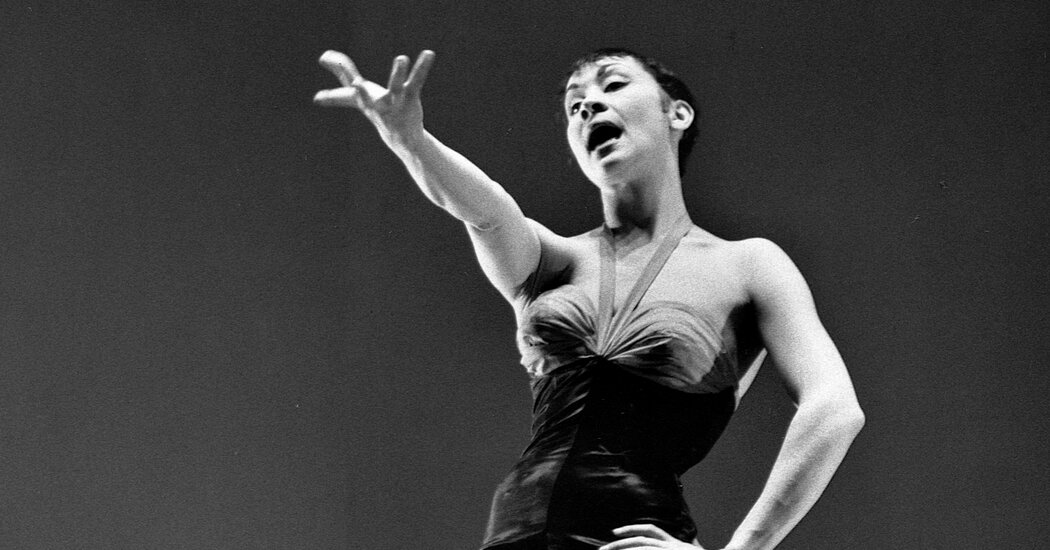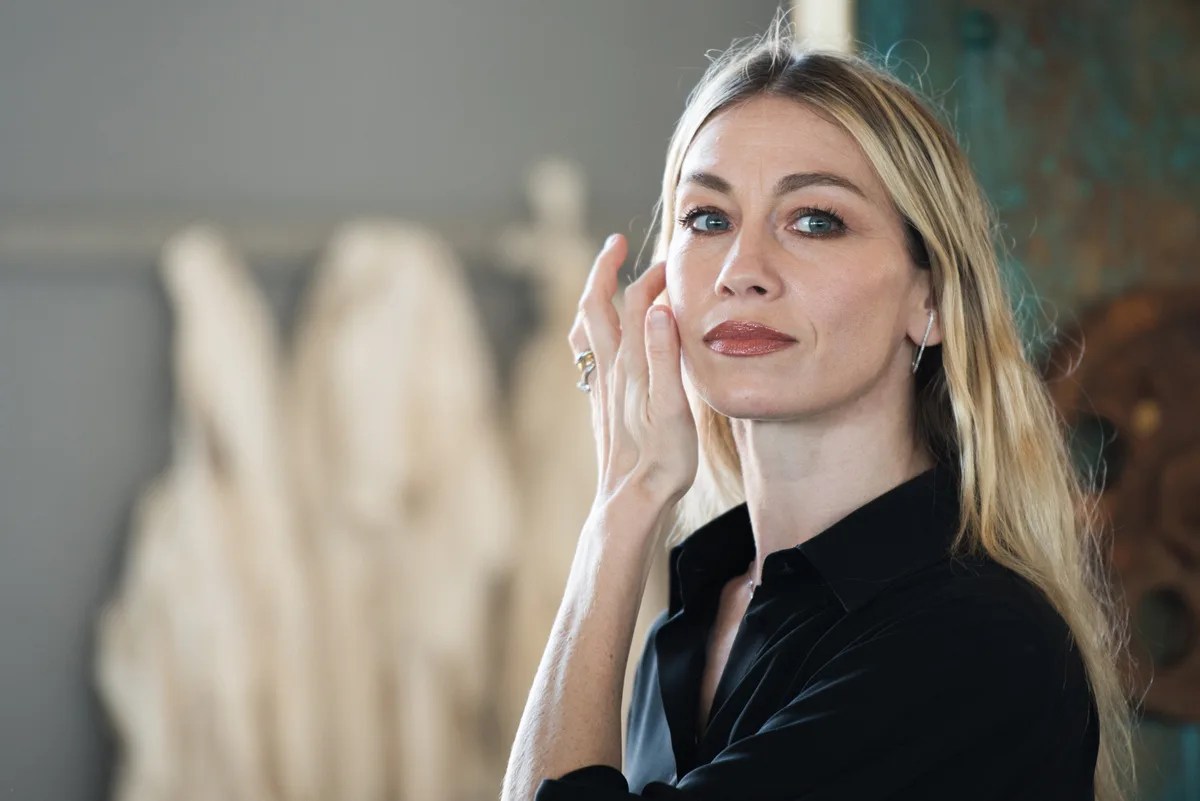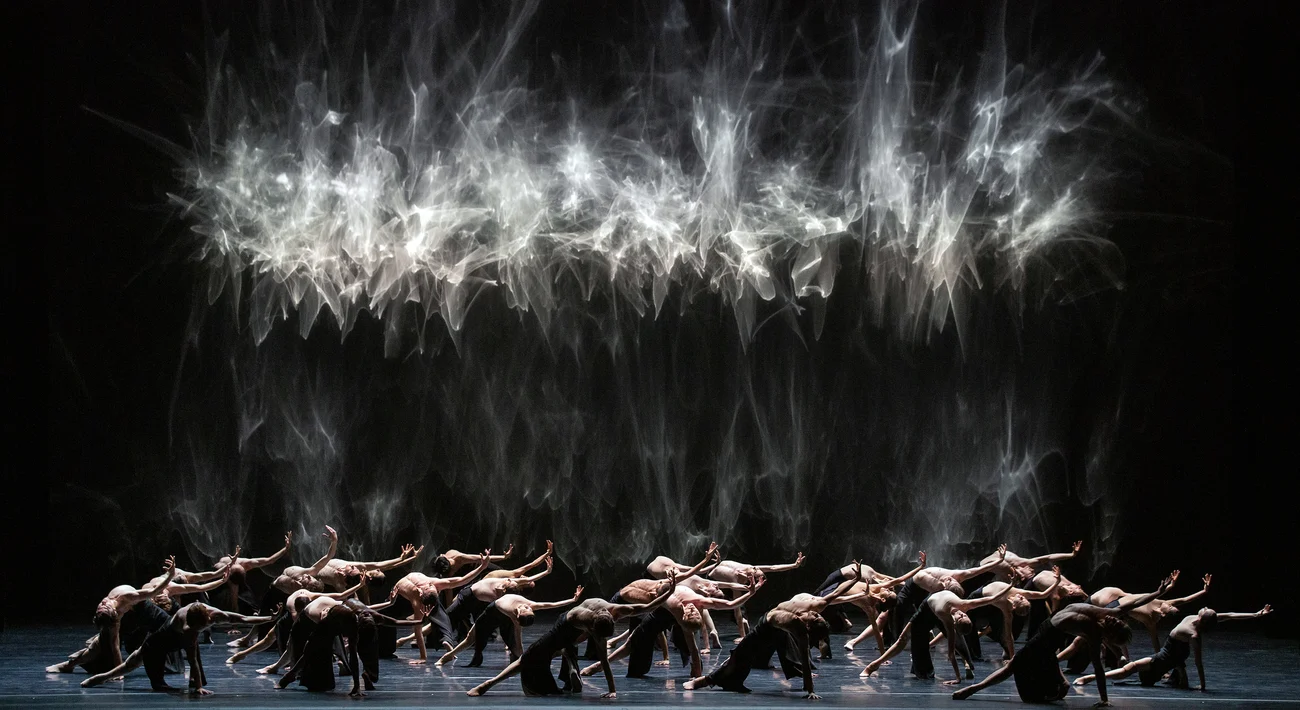🩰Here Are the Prix de Lausanne 2024 Prize Winners 🩰
[ad_1]
thousands of spectators have followed the Prix de Lausanne 2024 Finals at the Beaulieu Theatre and through the live streaming. Among the 20 Finalists, 9 were awarded a scholarship allowing them to enter one of the partner schools or companies of the Prix de Lausanne. Tomorrow, on Sunday, the candidates will take part in the Networking Forum, which will give them the opportunity to meet representatives of the partner institutions.
86 out of the 88 initially selected candidates have participated in the competition week and 20 of them reached the Finals that took place on Saturday in front of a full house at the Beaulieu Theatre.
[embed]https://www.youtube.com/watch?v=r5jNP-e9pkQ[/embed]
At the end of the Finals, the jury, presided this year by Dame Darcey Bussell, selected 9 Prize Winners. Thanks to their scholarships, these 9 talented dancers will have the opportunity to enter one of the prestigious partner schools and companies of the Prix de Lausanne.

The 9 Prize Winners of the 2024 competition are:
BOURSE JEUNE ESPOIR
| 201 | DOS SANTOS SILVA João Pedro | Brazil | 15.2 yo | 1. Harlequinade2. Plan to B |
FONDATION CARIS
| 415 | LIMA SANTOS Martinho | Portugal | 17.11 yo | 1. Le Corsaire, boy variation2. Do You Care ? |
BOURSE JEUNE ÉTOILE
| 317 | LIVELLARA VIDART Paloma | Argentina | 18.5 yo | 1.La Bayadère, Gamsatti2. You Turn Me on I’m a Radio |
OAK FOUNDATION
| 106 | HUANG Crystal | United States | 15.3 yo | 1. Le Corsaire, Gulnara2. Do You Care ? |
FONDATION COROMANDEL
| 315 | KOBAYASHI Airi | Japan | 18.4 yo | 1.Raymonda, Raymonda, act I2. 1st Flash solo 1 |
BOURSE ASTARTE
| 411 | BLIGHT Jenson | Australia | 17.7 yo | 1.The Talisman2. Tout va bien ? |
BOURSE AUD JEBSEN
| 417 | FEDELE-MALARD Juliann | France | 18.1 yo | 1. Paquita, Grand Pas2. Urge for Going |
FONDATION MAURICE BÉJART
| 302 | STEELE Natalie | United States | 17.2 yo | 1.Sleeping Beauty, Aurora, act III2. Plan to B |
FONDATION ANITA ET WERNER DAMM-ETIENNE
| 207 | TOSHIDA Taichi | Japan | 15.8 yo | 1. La Fille Mal Gardée, Colas2. Do You Care ? |
Other Awards:
BEST YOUNG TALENT AWARD, offered by the RUDOLF NOUREYEV FOUNDATION
| 313 | DAY Ruby | Australia | 17.10 yo | 1. Le Corsaire, Medora2. Do You Care ? |
CONTEMPORARY DANCE AWARD, offered by MINERVA KUNSTSTIFTUNG
| 415 | LIMA SANTOS Martinho | Portugal | 17.11 yo | 1. Le Corsaire, boy variation2. Do You Care ? |
BEST SWISS CANDIDATE AWARD, offered by ANONYMOUS DONATION
| 407 | SCHILLACI Giuseppe | Italy | 17.6 yo | 1. La Sylphide, James, act II2. Do You Care ? |
AUDIENCE FAVOURITE AWARD
| 317 | LIVELLA VIDART Paloma | Argentina | 18.5 yo | 1.La Bayadère, Gamsatti2. You Turn Me on I’m a Radio |
WEB AUDIENCE AWARD – co-organised with ARTE CONCERT
| 201 | DOS SANTOS SILVA João Pedro | Brazil | 15.2 yo | 1. Harlequinade2. Plan to B |
BEAULIEU AWARD, offered by BEAULIEU SA
| 317 | LIVELLA VIDART Paloma | Argentina | 18.5 yo | 1.La Bayadère, Gamsatti2. You Turn Me on I’m a Radio |

Finalist Award
Finalists who have not been awarded any prize receive the Finalist Award (a sum of CHF 1’000.-) offered by Bobst SA.
Networking Forum
On Sunday, 4 February, the candidates will have the opportunity to participate in the Networking Forum to meet with some of the representatives of the Prix de Lausanne Partner Schools and Companies. Therefore, the Networking Forum makes the competition worthwhile for all participants, allowing 90 percent of the candidates to get contracts each year.

Live-streaming
This year, the daily sessions – almost 7 hours live per day – and the selections have been watched more than 375 000 times on ARTE Concert, YouTube, Facebook as well as on the Prix de Lausanne website. The Selections and Finals were also streamed in China and commented by Zhiyao Zhang (Prize Winner, Prix de Lausanne 2011)
[embed]https://www.youtube.com/watch?v=nqec0z_ZH1g[/embed]
[ad_2]
Source link
